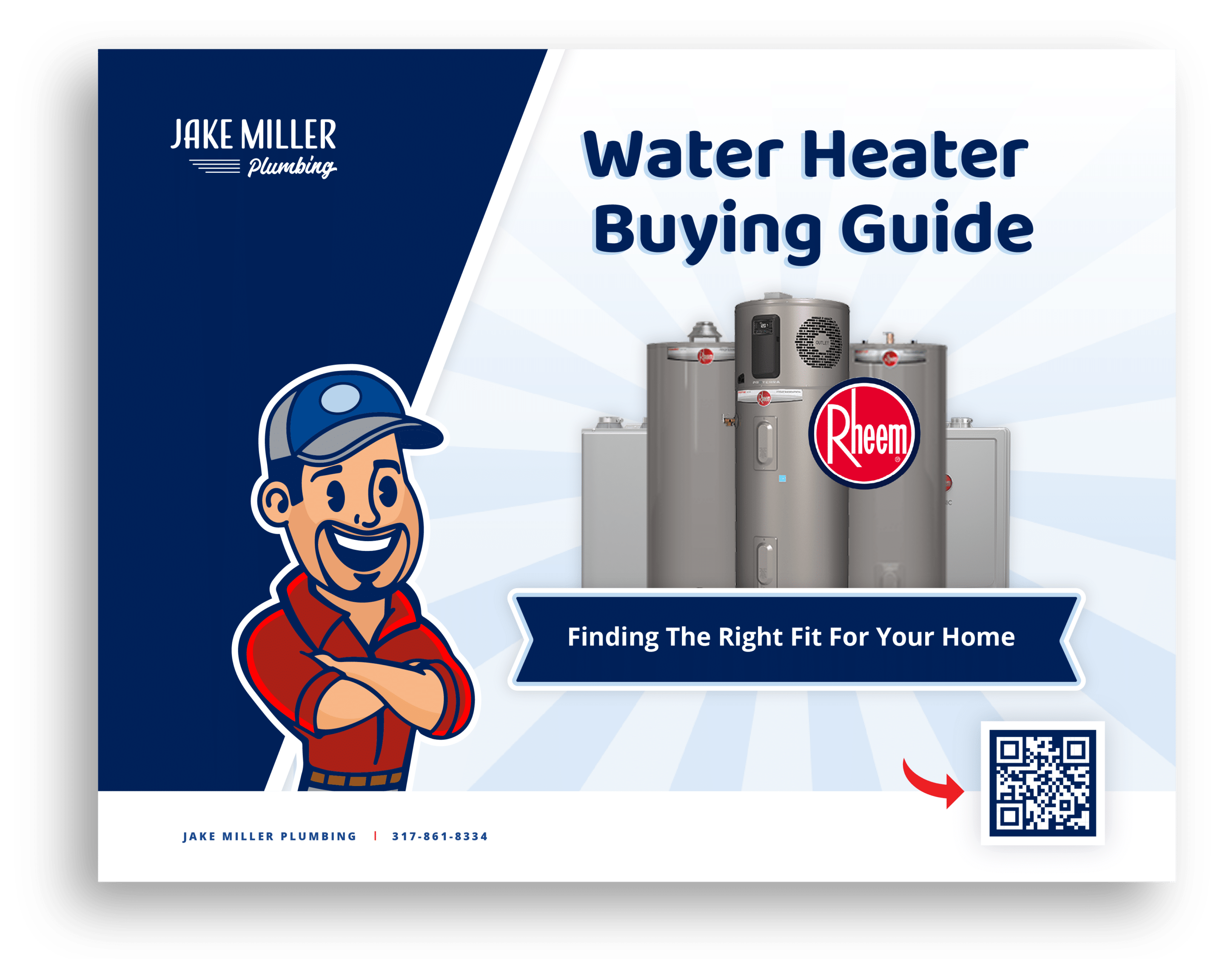A clogged bathroom sink is more than just a minor inconvenience; it can disrupt your daily hygiene routines and even lead to more severe plumbing issues if not addressed promptly. Luckily, there are various DIY methods to tackle this problem before resorting to professional help. In this comprehensive guide, we’ll walk you through the do’s and don’ts of unclogging your bathroom sink.
The Do’s of Unclogging Your Bathroom Sink
Navigating a clogged bathroom sink can be more than just an inconvenience; it can disrupt the flow of your daily routine. While some issues may require professional intervention, knowing the correct procedures for dealing with minor sink blockages can be invaluable. In this section, we will outline the recommended best practices for handling clogged sinks in a safe and effective manner.
Use Boiling Water
One of the most straightforward methods to start with is the boiling water technique. Boil a kettle full of water and carefully pour it directly down the drain. The high temperature of the boiling water is often effective in breaking down organic material, soap scum, and grease that commonly contribute to sink clogs. However, it’s important to exercise caution with this method if your pipes are made of PVC. Extreme heat can soften PVC pipes, leading to potential damage.
Utilize a Plunger
The humble plunger is an indispensable tool for minor clogs and can often resolve the issue quickly. To use a plunger on your sink, begin by filling the basin with enough water to submerge the rubber part of the plunger. Place the plunger over the drain hole, ensuring a tight seal. Use both hands to grip the handle and perform a series of vigorous pushes and pulls for approximately 30 seconds to a minute. This creates suction and pressure, which can help dislodge the clog. After this, pull the plunger off rapidly on your final pull to break the air seal, and check if the water drains away.
The Manual Method
Occasionally, the source of a clog is not deep within the pipe but rather located at the very opening of the drain. In such cases, manually removing the blockage might be the quickest solution. To do this, first put on a pair of gloves for hygiene. Then, remove the drain stopper according to its specific type—some require twisting, while others might need unscrewing. Once the stopper is out, use a hook or a bent wire to fish out any visible hair, soap scum, or debris. You’d be amazed at how much material can accumulate just beyond your line of sight! After manually clearing out the material, run hot water to ensure the drain is completely unblocked.
These methods can be highly effective for dealing with minor clogs, but for persistent or severe issues, it may be time to consult a professional.
The Don’ts of Unclogging Your Bathroom Sink
While it’s tempting to take matters into your own hands when facing a clogged bathroom sink, not every method out there is a safe or effective solution. Some approaches can actually exacerbate the problem or cause damage to your plumbing system. In this section, we’ll walk you through some common mistakes and practices you should avoid when attempting to clear that pesky bathroom sink clog. Proceed with caution and know when it’s time to call in the professionals.
Steer Clear of Drain Cleaning Chemicals
Utilizing drain cleaning chemicals may seem like a quick and efficient solution for unclogging drains, but it is imperative to consider the potential risks and downsides associated with these products. Drain cleaning chemicals can be highly caustic, leading to potential damage to your plumbing pipes, especially if they are older or made of more vulnerable materials. The harsh chemicals can corrode and weaken the pipes, potentially leading to leaks or more severe plumbing issues down the line.
Don’t Ignore the Problem
It might be tempting to let a slow-draining sink slide, thinking it’s a minor issue that will resolve itself. Unfortunately, that’s rarely the case. Ignoring a clog will only allow it to build up over time, leading to worse drainage and potentially causing greater issues like pipe corrosion, leaks, or even flooding. Address the clog as soon as possible to prevent further complications.
Don’t Use Excessive Force
While a plunger or a hand auger can be effective tools, using too much force can cause more harm than good. Overzealous plunging or twisting can result in cracked pipes, damaged seals, or other plumbing issues that will require professional intervention. Always start gently and increase pressure only if needed, being mindful of the potential risks.
By being aware of these pitfalls, you’ll be better equipped to tackle your clogged sink in a safe and effective manner. Remember, sometimes the best course of action is to acknowledge when a problem has escalated beyond a DIY fix and call in professionals for assistance.
When to Seek Professional Help
Sometimes a clog is too stubborn for DIY methods, and that’s when you need to call in the experts. If you’ve tried all the methods above to no avail, it’s time to seek professional help.
Benefits of Professional Clogged Sink Repair
Professionals not only have the tools to effectively unclog your sink but can also identify and rectify any underlying issues you may not be aware of. Regular maintenance from experts can also prevent future clogs and other issues.
A clogged bathroom sink is certainly annoying, but it’s often something you can handle yourself if you follow the right procedures. However, when DIY methods fail, it’s crucial to know when to call in the experts. Professional services like Jake Miller Plumbing specialize in solving such issues quickly and effectively, ensuring your daily routine remains uninterrupted. Contact us today for a thorough assessment and efficient solution to your clogged bathroom sink.

